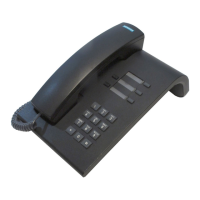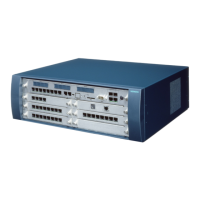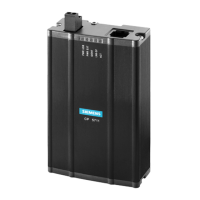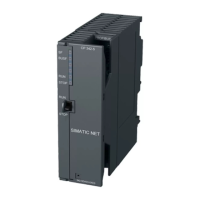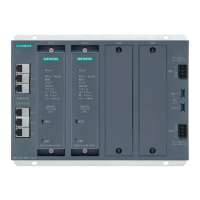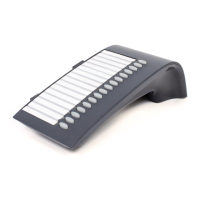These ceilings are dimensioned according to the purpose of the building, e.g.
single-family dwelling,
apartment block,
office building,
industrial building,
and thus the insertion loss varies a
e
(see Table 12-3).
Table 12-3 Insertion loss values (a
e
)/range loss for radio area
Insertion object a
e
(dB) Range loss (%)
Brick wall, 10 to 12 cm 2.5 ~ 43.5
Brick wall, 24 cm, (small windows) 4 ~ 60
Brick wall, 63 to 70 cm 4.0 to 4.5 ~ 60 - 64
Dry wall 1.3 to 2.3 ~ 26.5 - 41
Gaseous-concrete wall 6.6 ~ 78
Glass wall 2 ~ 37
Wire-reinforced glass wall 8 ~ 84
Reinforced concrete ceiling (dwelling) 6 to 9 ~ 75 - 87
2 reinforced concrete ceilings 26 ~ 99.5
3 reinforced concrete ceilings 46 100
It is immediately obvious from the values that the propagation within the buildings is
hindered much less in a horizontal direction than it is in a vertical direction. This must be
taken into consideration when installing the BS.
12.8.2.4 Radio wave propagation inside reinforced concrete buildings with different
interiors
The interiors of reinforced concrete buildings can give rise to very different scenarios depending on
how the interiors have been designed.
Scenario 1: large factory halls (for manufacturing or office space)
These are either not partitioned (e.g. manufacturing halls) or have transportable dividing walls
reaching half-way to the ceiling (offices).
Propagation conditions:
In this scenario propagation conditions are favourable since there are more instances of line of
sight/LOS than for example in buildings divided into individual offices with no line of sight between
the BS and mobile telephones.
Scenario 2: interior layout in buildings of brick and lightweight materials
Hicom 150 E Office Rel.1.0 Service Manual - 12 Cordless Multicell Integration CMI
http://cmweb01.mch.pn.siemens.de/e_doku/en/h150/h15/30/sh/2/15_12.htm (27 of 45) [06/04/2000 13:05:56]

